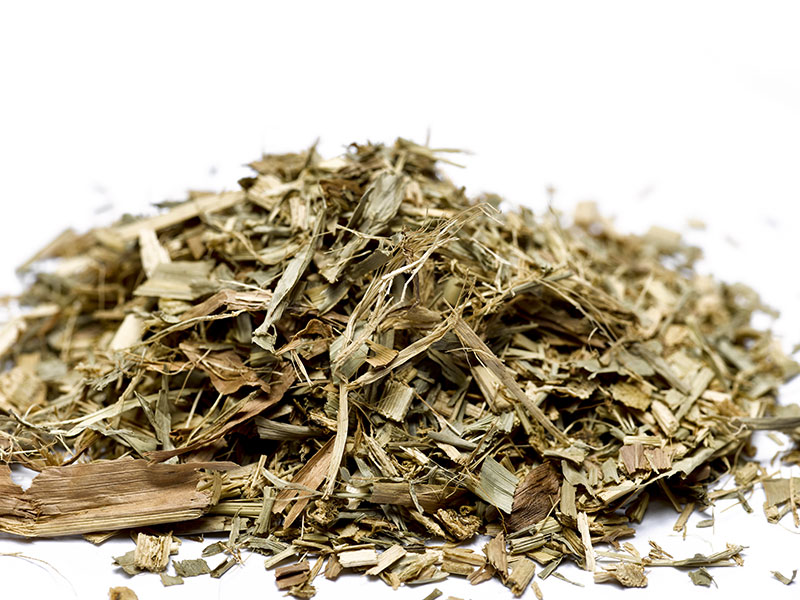The next frontier of fertilization is represented by the so-called “non-fast-acting” fertilizers: these innovative fertilizers are able to release the nutrients they contain over time, thus becoming as in tune as possible with the needs of the crops.
A fertilizer can be defined as “non-fast-acting” if it complies with the following requirements, under defined conditions including a temperature of 25°C:
no more than 15% released in 24 hours,
no more than 75% released in 4 weeks,
at least 75% released within well-defined times.
The remainder will be released gradually over the following weeks.
These new fertilizers also make it possible not to have expensive fertigation systems and to avoid having to proceed with numerous subsequent fertilizations with “ready-to-use” fertilizers, cutting the related costs.
Furthermore, by accompanying the growth of vegetation they allow an increase in yield as well as containing or even eliminating the impact on the ecosystem.
Suffice it to remember that nitrogen is the nutritional element that most affects crop yields and is the one that is most subject to losses in the ecosystem.
Although various solutions already exist on the market, we believe that ours can quickly gain a large margin of market share.
It is a coated fertilizer: an internal mixture that can vary in composition from urea and plant waste from cellulose processing to urea, plant waste from cellulose processing, potassium, phosphorus and any other nutritional elements, all covered with a film of greater or less often than cellulose bioplastic which acts as a real membrane allowing water to penetrate inside and therefore obtain a slow and controlled release.
Encapsulated “fast-acting” fertilizers that become “non-fast-acting” thanks to a biopolymeric film which, given its extrinsic nature, is not only biodegradable but which will also contribute to the formation of humus by decomposing.
As soon as the fertilizer granule comes into contact with the soil and with a minimum level of humidity, it begins to absorb water vapor through the microporosities present on the surface of the bioplastic membrane.
Given the characteristics of the bioplastic used, at low temperatures (<5 °C) the release is zero, even in the presence of high levels of humidity in the soil, thus avoiding unnecessary product losses in the winter months. Similarly, the release is zero even in the presence of high temperatures if accompanied by the absence of humidity.











